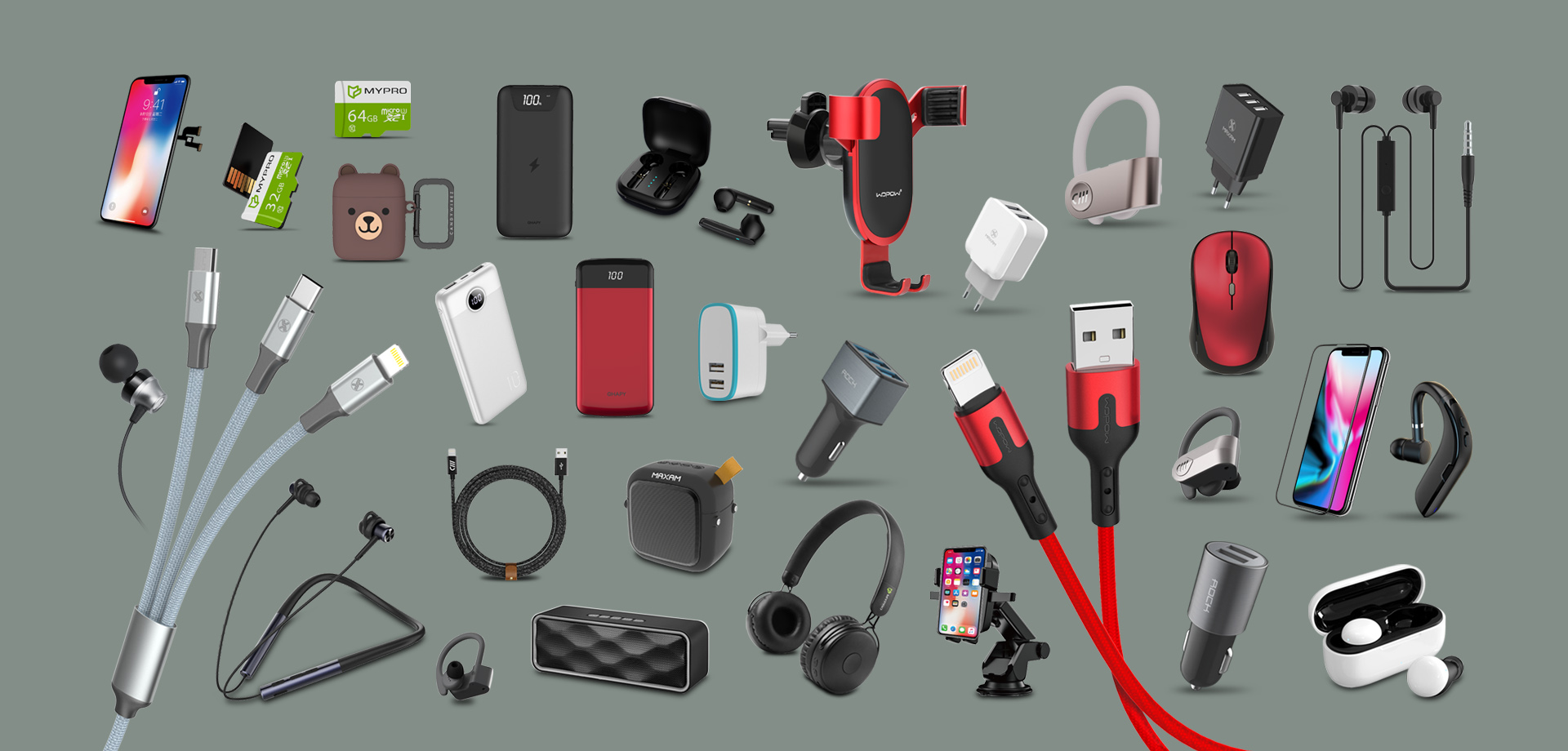When sourcing consumer electronics in China, it’s essential to have a clear understanding of the local supply chain dynamics, factory capabilities, and quality assurance processes. China has long been a global hub for manufacturing consumer electronics due to its established industrial clusters, competitive pricing, and skilled labor force. However, the vast landscape of suppliers, varying quality standards, and language barriers make it necessary to approach sourcing strategically. Below are some detailed considerations to keep in mind when sourcing consumer electronics from China.
1. Factory Audits
Conducting a factory audit is one of the most critical steps in ensuring product quality and timely delivery. Factory audits allow you to verify a factory’s production capabilities, certifications, and compliance with international standards. For example, you can check whether the factory holds ISO certifications, ensuring that it adheres to quality and safety regulations.
Beyond certifications, you should also assess the factory’s production equipment, workforce size, and overall working environment. If possible, visit the factory in person or hire a trusted third-party inspection agency to perform the audit. A comprehensive audit should also evaluate a factory’s financial stability, management systems, and ability to meet your order volume.
2. Quality Control Measures
Quality control is paramount in the electronics industry, where a single defective unit can lead to customer dissatisfaction or reputational damage. To avoid such issues, define clear quality standards and testing requirements before placing an order. Communicate your expectations with the supplier and ensure they have adequate quality assurance systems in place.
For instance, it’s common practice to conduct three-stage inspections: pre-production inspection, in-process inspection, and final shipment inspection. Partnering with a sourcing agent can help streamline this process by ensuring inspections are conducted thoroughly and on schedule.
3. Minimum Order Quantity (MOQ)
Many Chinese factories have minimum order quantity (MOQ) requirements, which can pose challenges for small to medium-sized buyers. MOQs are typically set to ensure production efficiency and cover operational costs. However, this doesn’t mean you’re stuck with the factory’s initial offer. Negotiation is often possible, especially if you work with an experienced procurement partner who can leverage existing relationships with suppliers.
4. Intellectual Property (IP) Protection
Protecting your intellectual property is vital when working with Chinese suppliers. While China has made strides in strengthening IP laws, issues like counterfeiting and idea theft remain prevalent in some sectors. To mitigate risks, always sign non-disclosure agreements (NDAs) with your suppliers before sharing product designs or specifications.
Additionally, consider registering your trademarks and patents in China, as this provides legal grounds for addressing infringement cases. Monitoring the market for counterfeit versions of your product is also advisable.
5. Supplier Communication
Effective communication with suppliers is essential to avoid misunderstandings that could impact product quality or delivery timelines. However, language barriers and cultural differences often complicate the process. One way to overcome these challenges is to work with bilingual staff or a local procurement agent who can facilitate seamless communication between you and the supplier.
When discussing product specifications, use clear and concise language, supported by detailed documentation, technical drawings, and samples whenever possible. Reconfirm key points regularly to ensure alignment.
6. Shipping and Logistics
Shipping logistics can significantly impact your sourcing experience. Poorly managed logistics may lead to delayed shipments, increased costs, or damaged goods. Key factors to consider include packaging quality, freight options, and customs clearance procedures.
If you’re unfamiliar with international shipping processes, working with a freight forwarder or logistics partner can help. They’ll assist with choosing the right shipping method—air, sea, or rail—and ensure your goods reach their destination safely and on time.
7. Market Trends and Product Innovation
The consumer electronics industry is highly dynamic, with new products and technologies emerging frequently. Staying ahead of these trends can give you a competitive edge. For instance, products like wearable devices, IoT-enabled gadgets, and eco-friendly electronics are in high demand.
Attending trade shows in China, such as the Canton Fair or Global Sources Electronics Show, is a great way to discover the latest innovations and connect with suppliers offering cutting-edge products. You can also subscribe to industry publications and market reports to stay informed about emerging trends and customer preferences.
8. Cost vs. Quality
While China is known for competitive pricing, focusing solely on cost can backfire if it comes at the expense of quality. Assess the value a supplier offers in terms of product quality, lead times, and customer service. Cheap pricing often correlates with low-quality materials or shortcuts in manufacturing, which can lead to costly returns or recalls in the long run.
9. Building Long-Term Relationships
Developing strong relationships with your suppliers is key to ensuring consistent quality and reliable service. Treat your suppliers as partners rather than transactional entities. Regular communication, transparent expectations, and fair negotiations can help build trust and foster long-term collaboration.
10. The Role of a Procurement Agent
For buyers unfamiliar with the Chinese market, working with a procurement agent can simplify the sourcing process. Procurement agents can assist with factory selection, price negotiation, quality inspections, and logistics coordination. Their local expertise and established supplier networks make them an invaluable resource for navigating the complexities of sourcing in China.
By keeping these considerations in mind, you can minimize risks and optimize your supply chain when sourcing consumer electronics from China. A strategic approach ensures you not only find reliable suppliers but also maximize value for your business.






